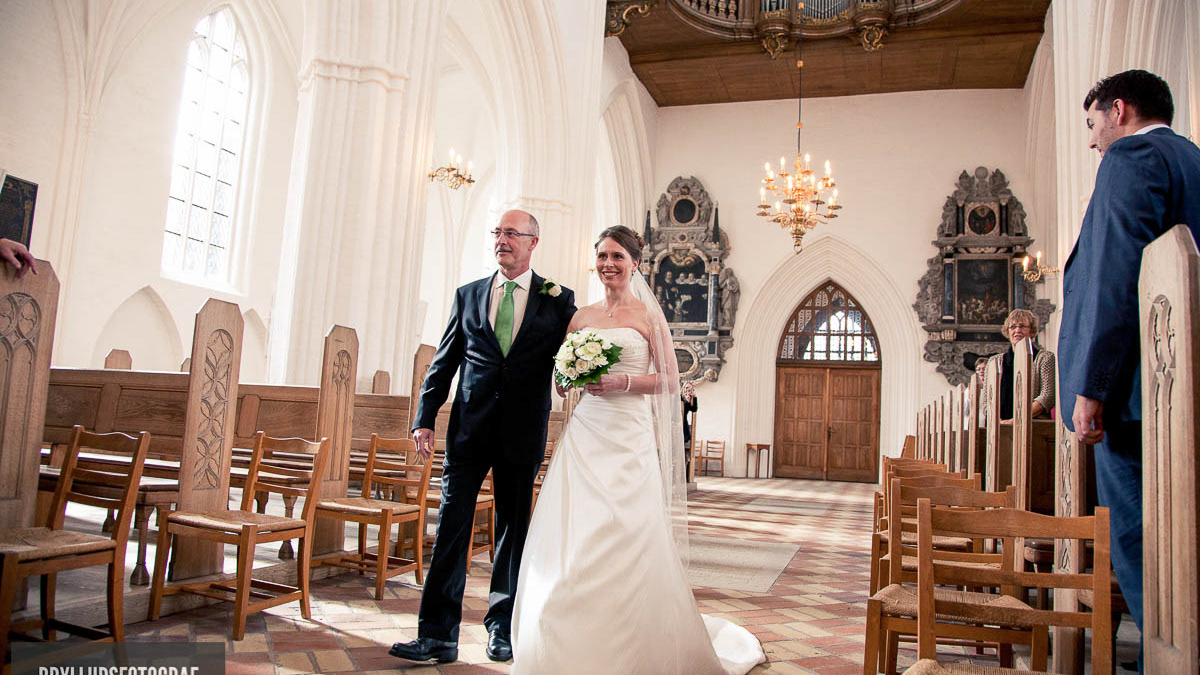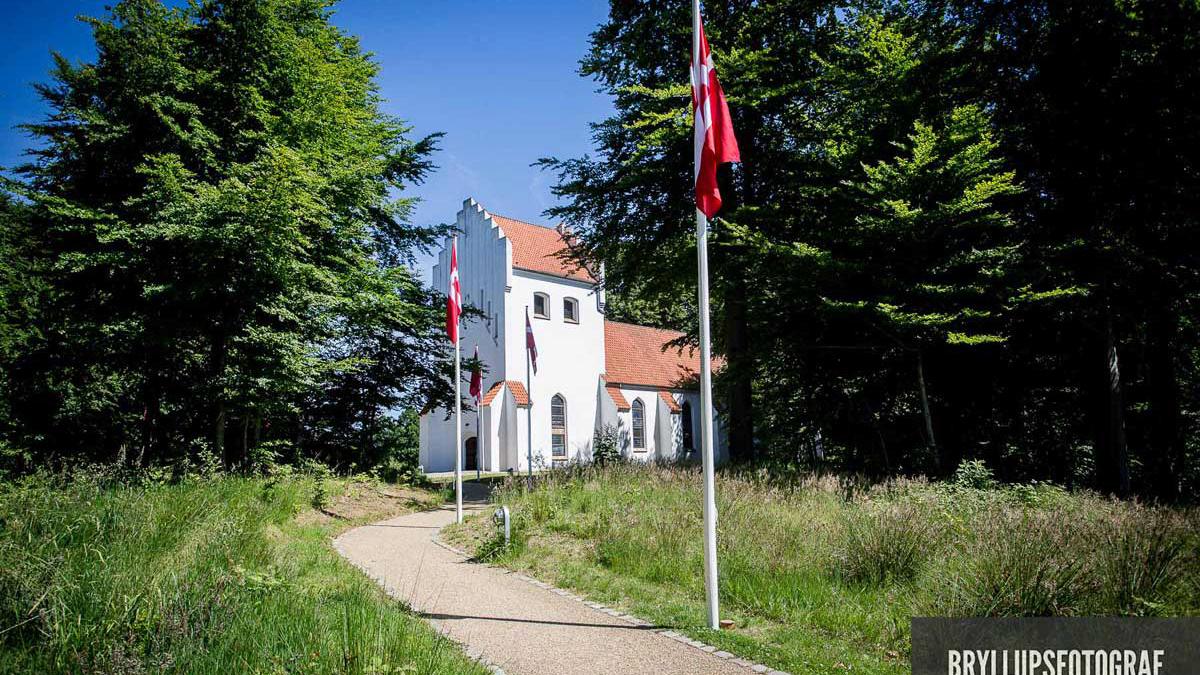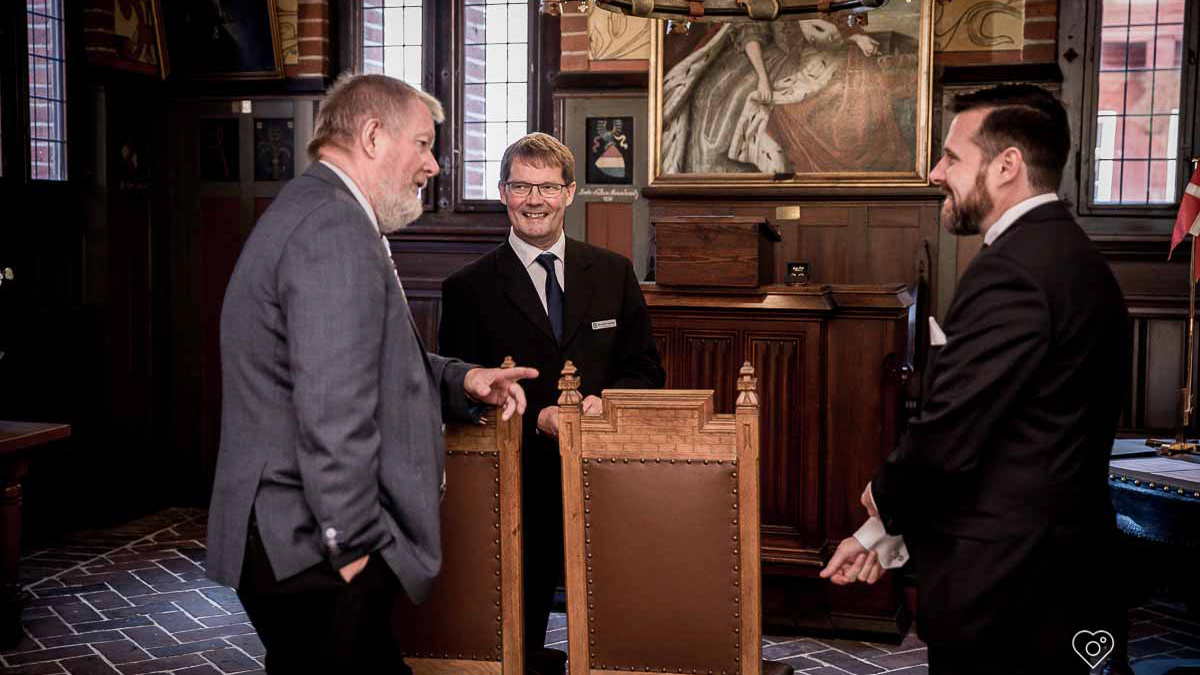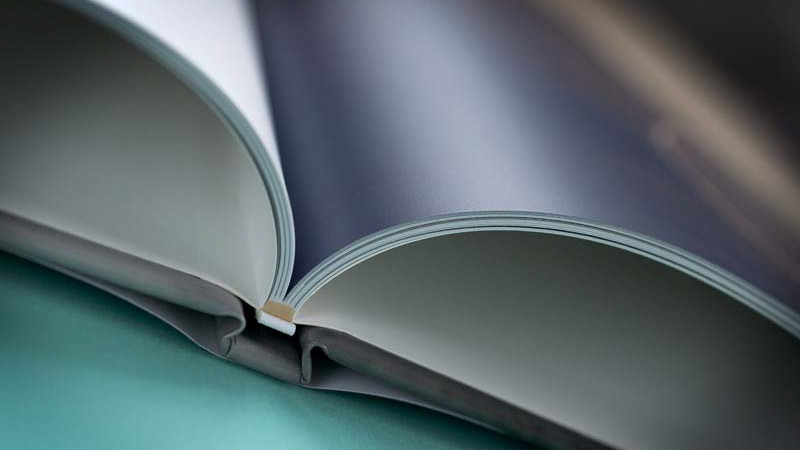Whatever their reasons, I think Panasonic are doing the Right Thing. I have seriously thought about buying one of their digital point-and-shoots with anti-shake, but theirs is not a big name with the professional photographers, despite the carefully cultivated connection with Leica. (The question of whether or not most professional photographers consider Leicas serious working tools is one I’m not going to get into here.) Getting a bunch of smudgers together in a room and giving them the chance to try out new toys and get over their (possibly macho) suspicions of a company with a reputation for producing nice consumer hardware is smart.
Panasonic’s online outreach extends much further than just inviting bloggers to munch canapés and hear their spiel. They have started a free (and non-proprietary) UK landscape photography Website with competitions and rating systems and other interactive shininess. This is, in turn, part of their wider support for the Our Place UNESCO World Heritage site project. Images from this latter project were shown during one of the talks to demonstrate the landscape capabilities of Panasonic cameras, but something seemed to have gone wrong somewhere between exposure and display because, although they had clearly been taken by skilled pros, they weren’t reproduced too well.
(The irony of this will be clear when I review the FX-33 below.) Panasonic had invited a range of enthusiasts to fill the the audience too. It was interesting that one of the dedicated tech writers (possibly the guy from CNET) left long before the end, even though the event was well organized and informative, and the picturesque setting, the Tower of London, was well chosen for photography. We were introduced to personnel from Panasonic, including personnel from HQ in Japan. And the presentations took place in front of a gloriously bright and clear Pansonic TV.
In this respect Panasonic’s range of consumer hardware turned out to be a strength. You can take a memory card from any current Panasonic camera and plug it into a current Panasonic TV and watch your own photos. They were, of course, keen to point out that they have been making camera hardware for years. One surprising statistic they offered is that Panasonic make more camera flashguns than any of their competitors.
Unfortunately, when we released into the natural sunshine later, armed with actual L10s, we weren’t able to fully explore the potential of their new digital SLR or publish the results freely without qualification. This was understandable, given that the model was still undergoing revision and we probably didn’t have enough time to get to know it well enough to get the best out of it, but it makes writing this post hard. Over at Photography Blog they’ve been naughty and published some pre-production shots from the same event.
All I can say is that the L10 felt reasonably well built—perhaps sturdier than a Sony Alpha-100, but nothing like as substantial as an old film Minolta Dynax 7 or Dynax 9—that it was nicely and sensibly laid out, that I almost came to appreciate the live preview and fold-out screen (but of course found myself using the viewfinder because that’s natural for me), and that it was loaded with lots of features, many of which I could see myself using.
I was particularly amused to note that the L10 has a “film” button which could be engaged to produce effects at the time of exposure (rather than later with Photoshop), including black-and-white, colour saturated, and retro looks. My main disappointment was that the sensor is not a full-frame, so wouldn’t offer me the same lens and aperture physics that I rely on to get the effects I want with film SLRs. I do my job before I press the shutter, not later, opening Photoshop. The L10 does, however, conform to the four-thirds standard which I guess makes it compatible with lenses from other manufacturers in.









